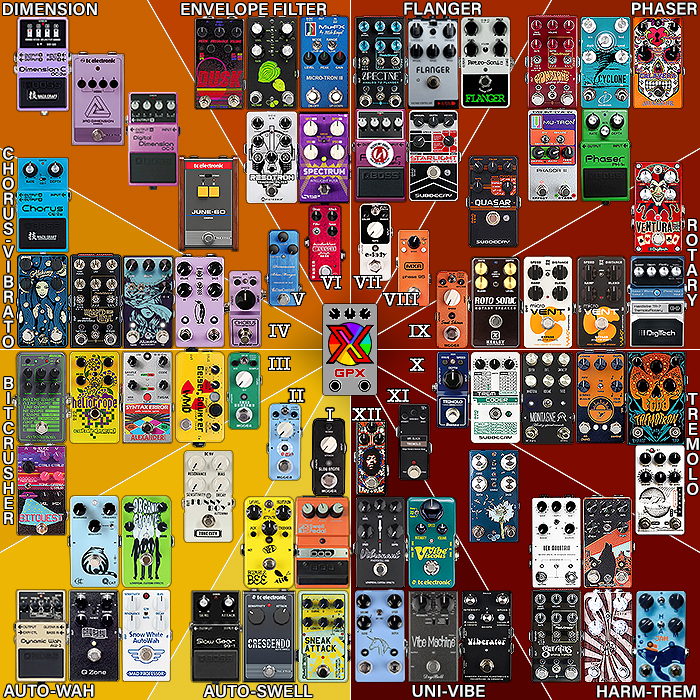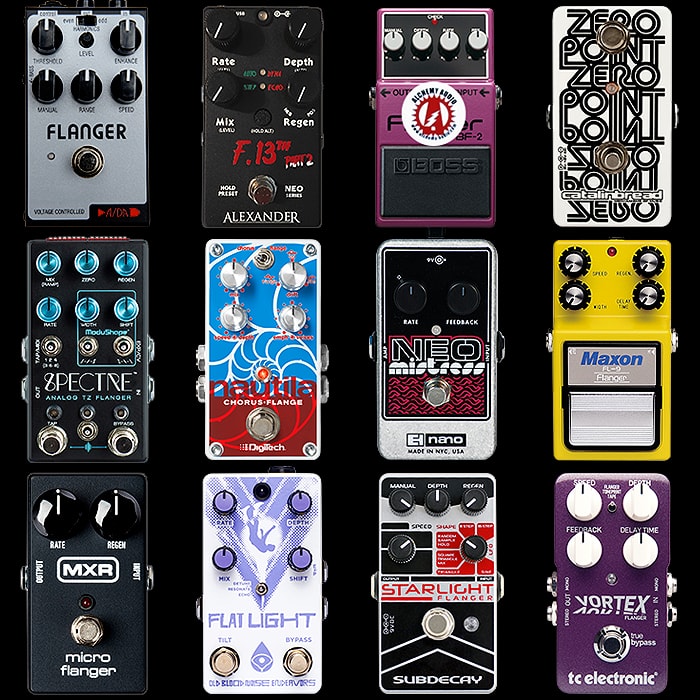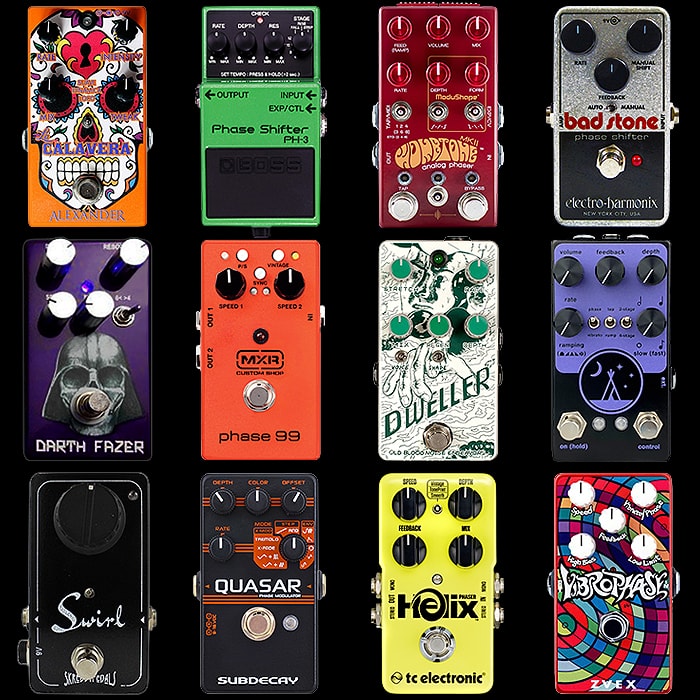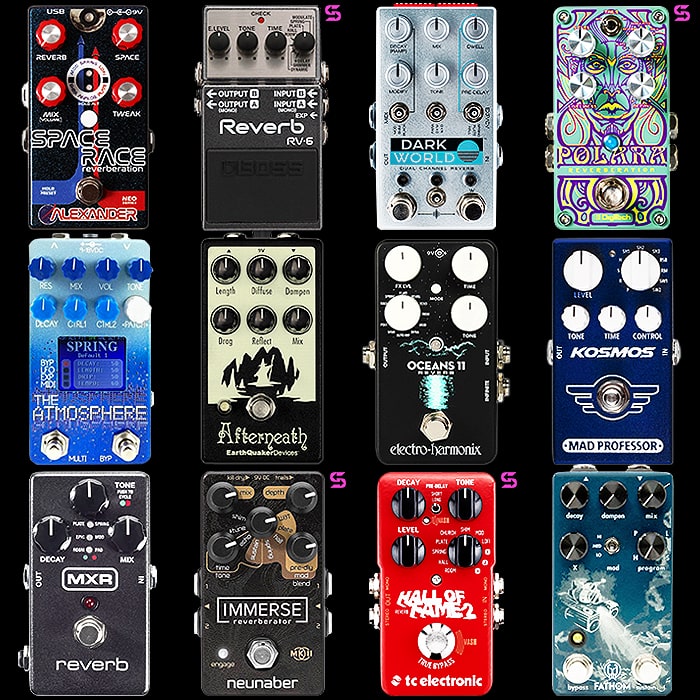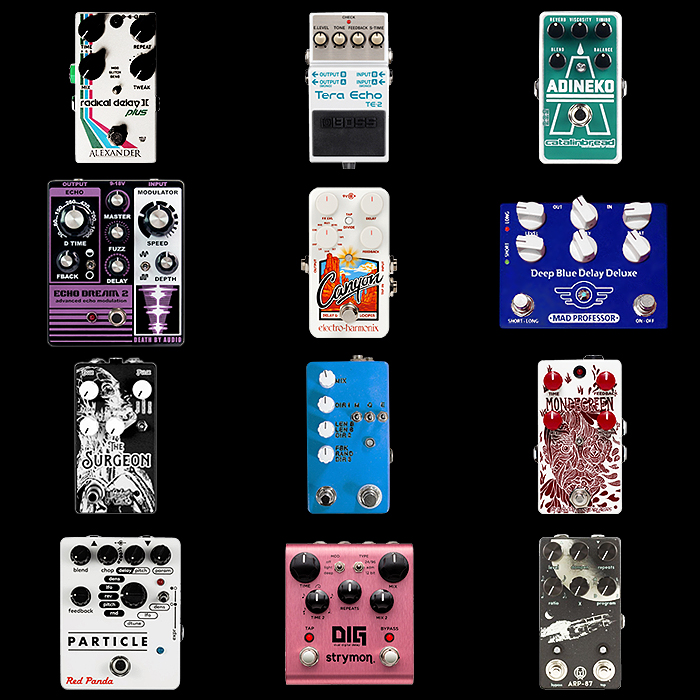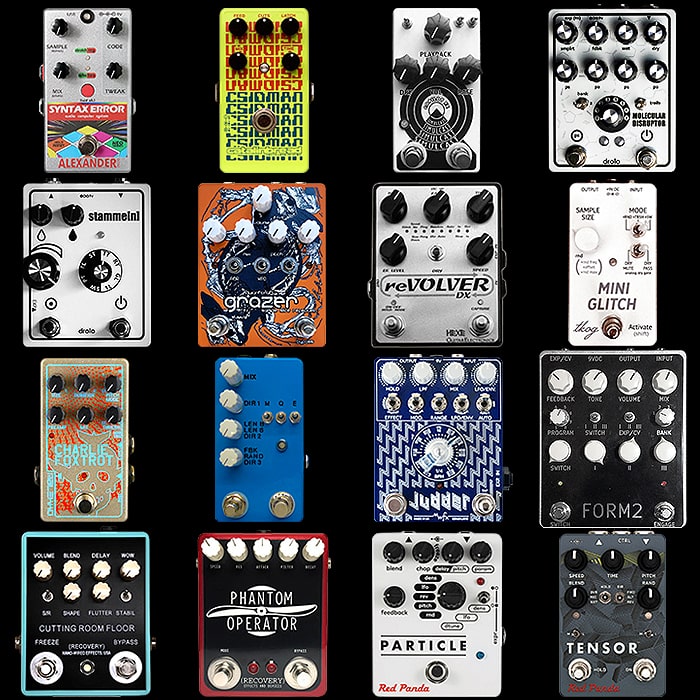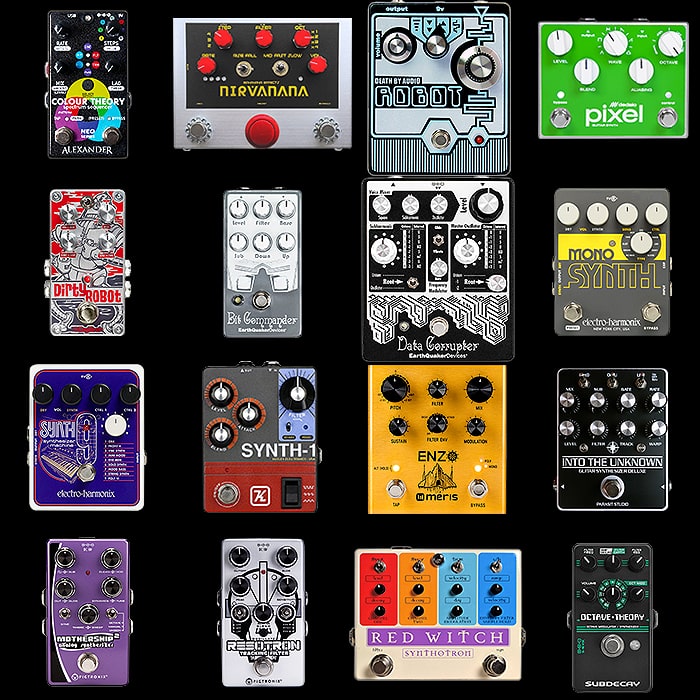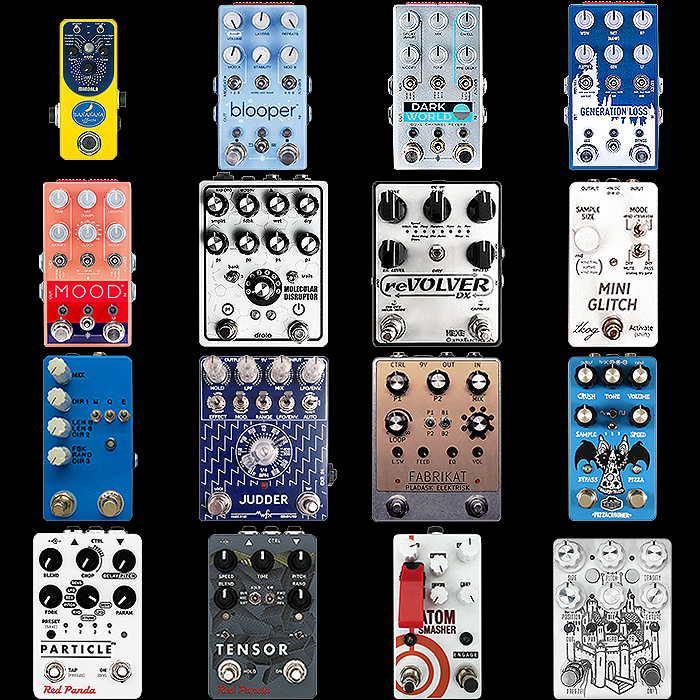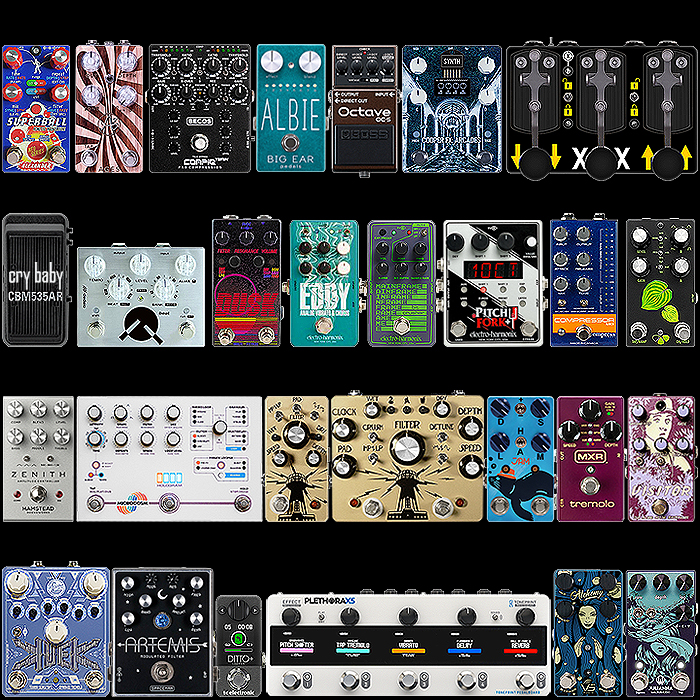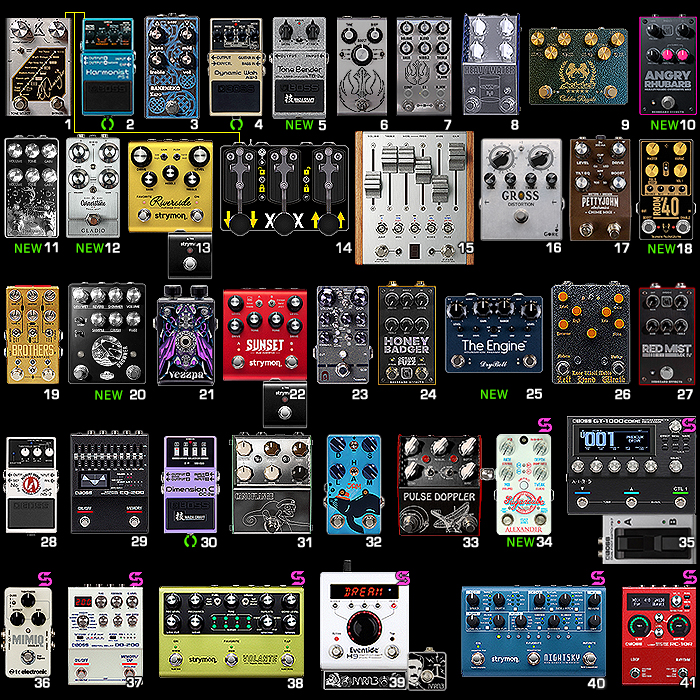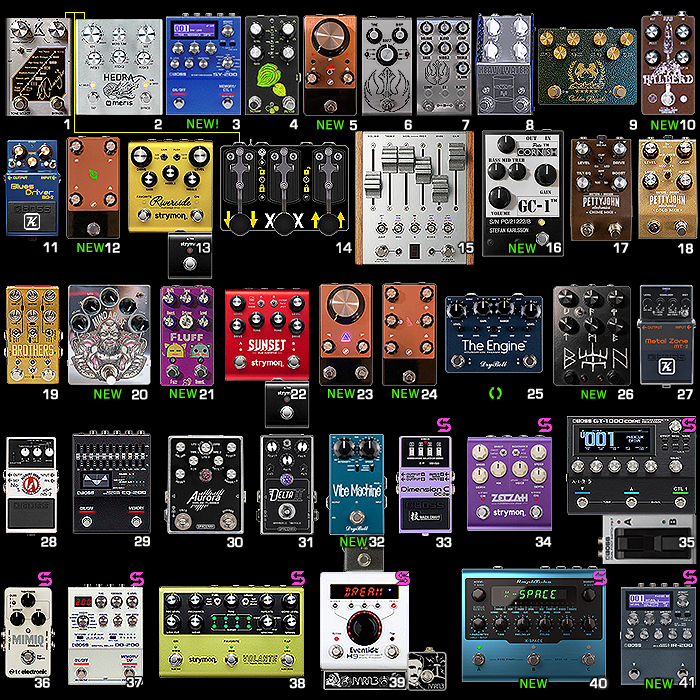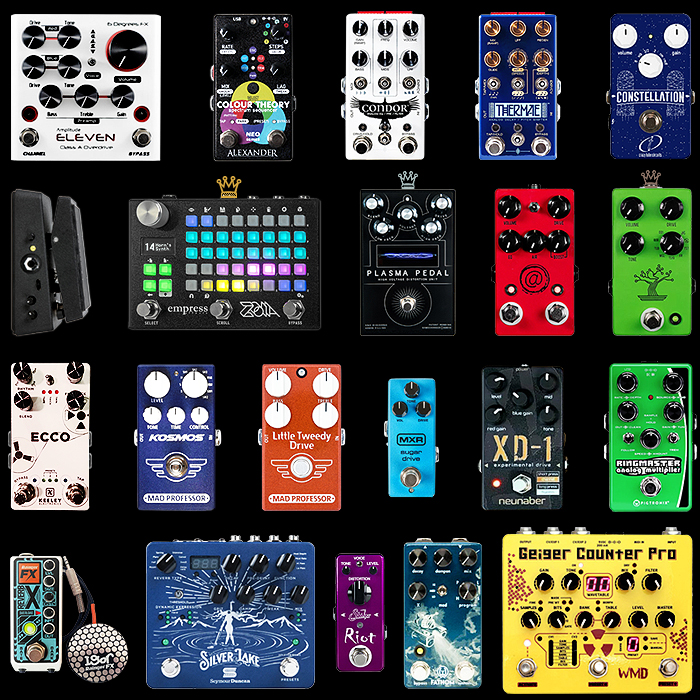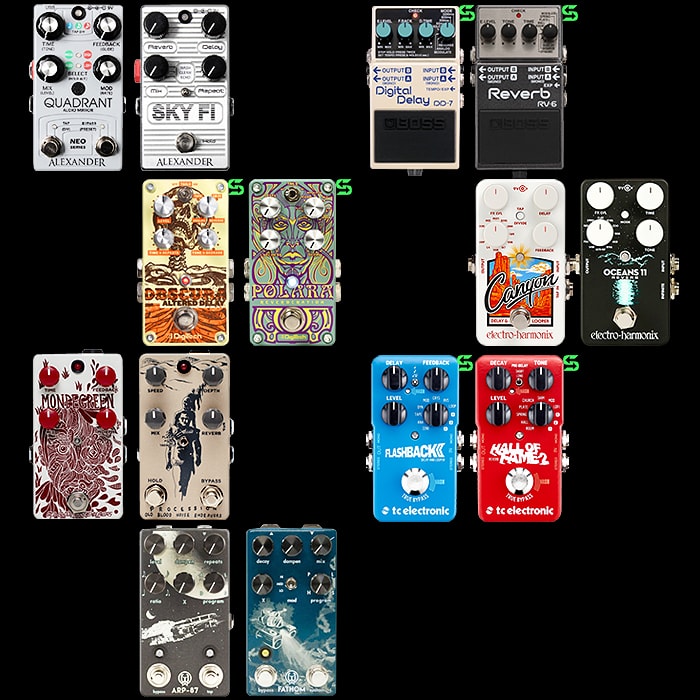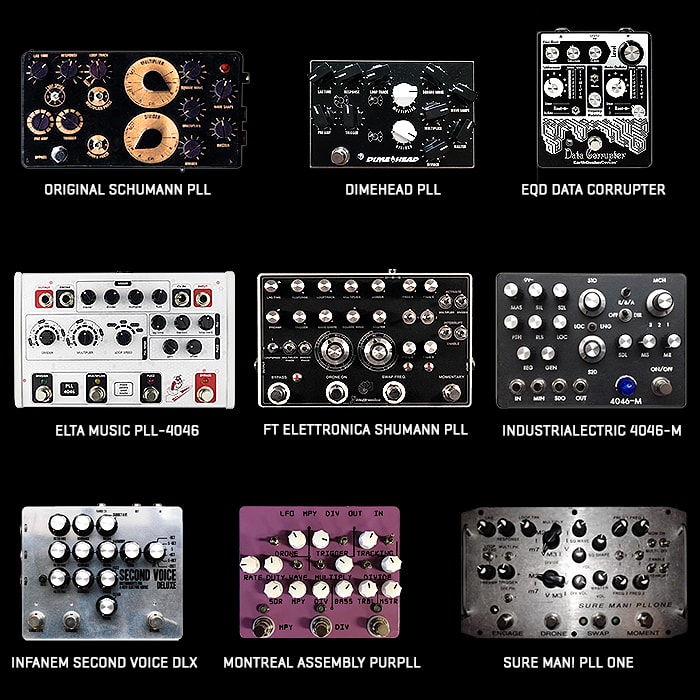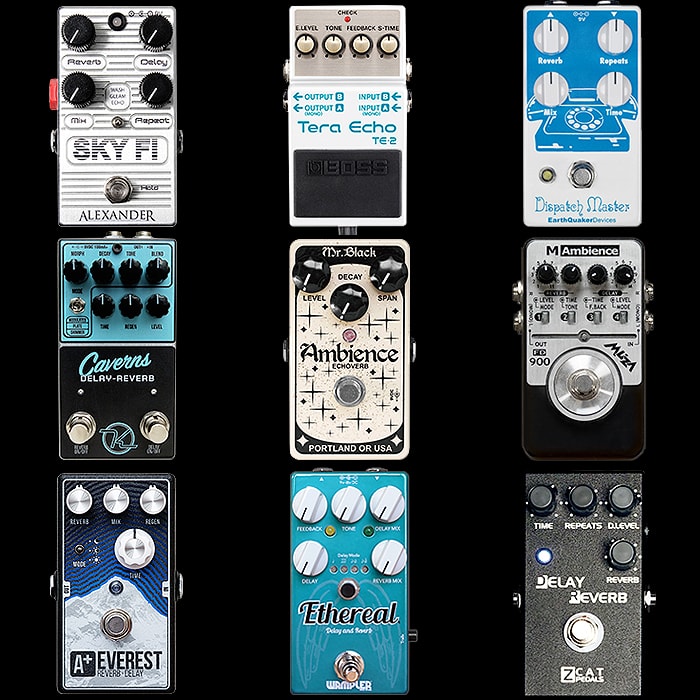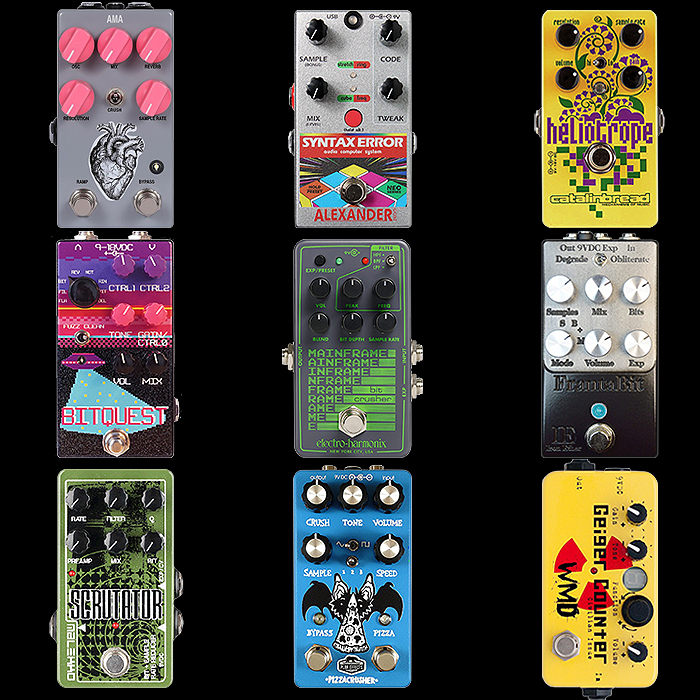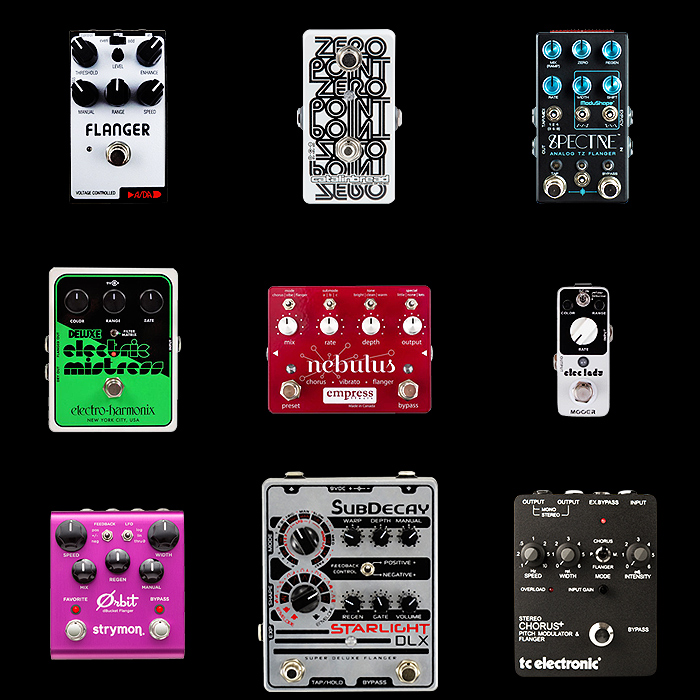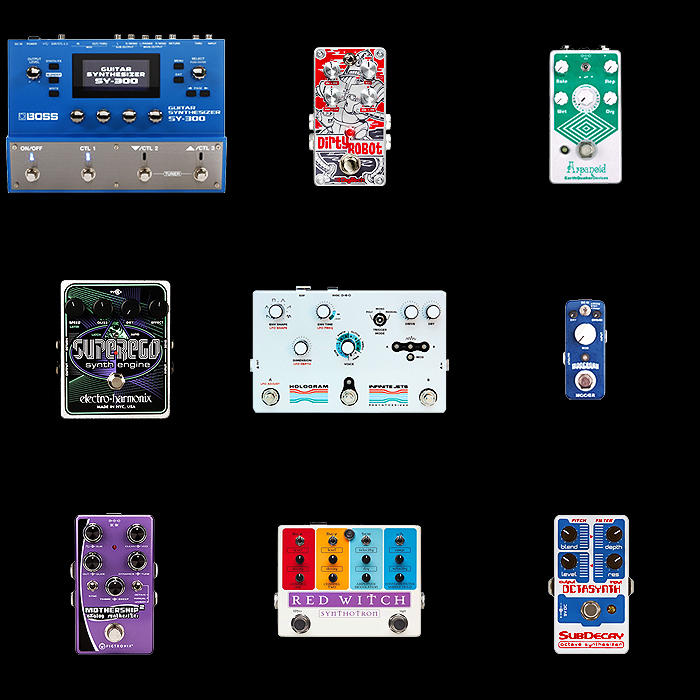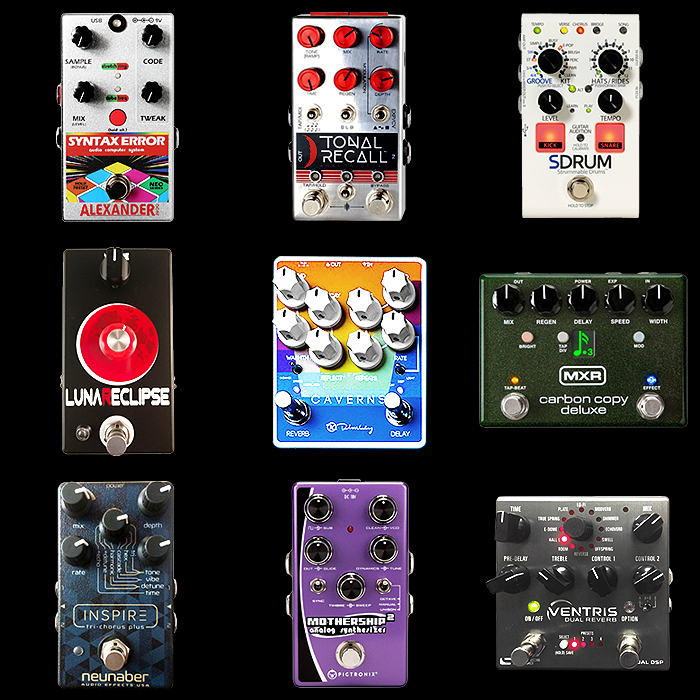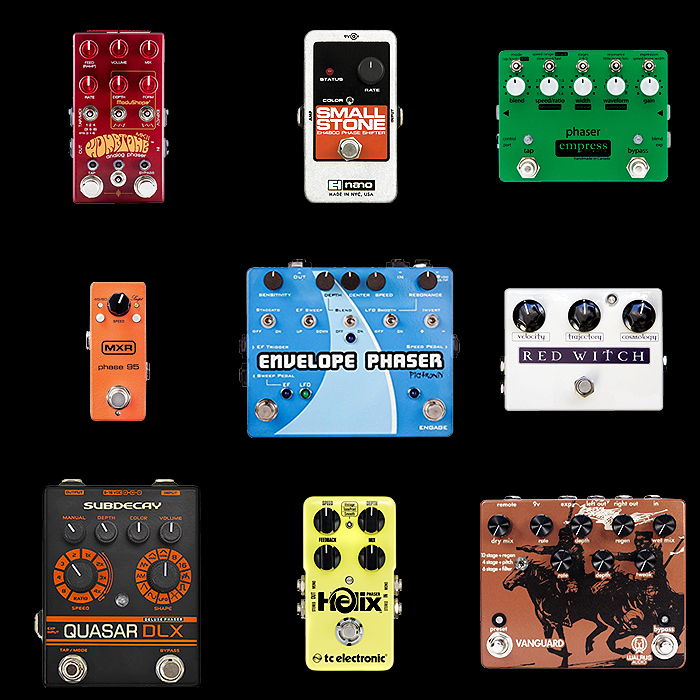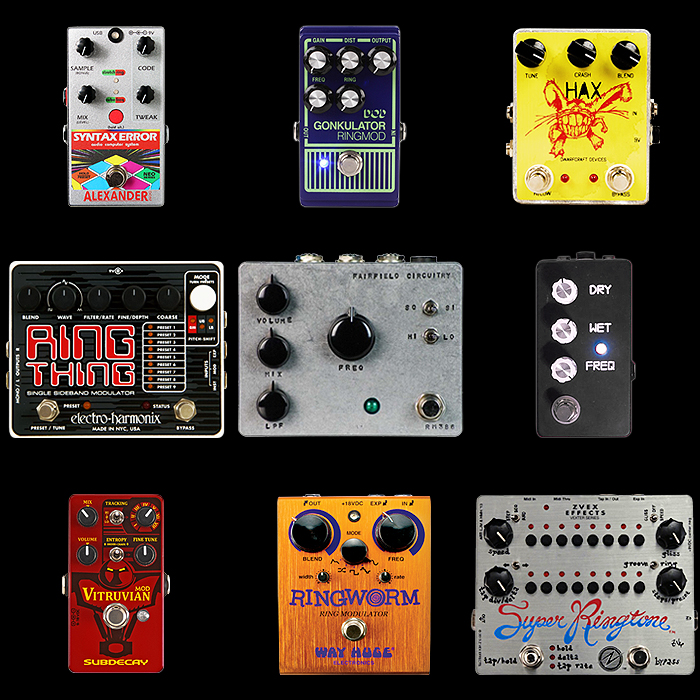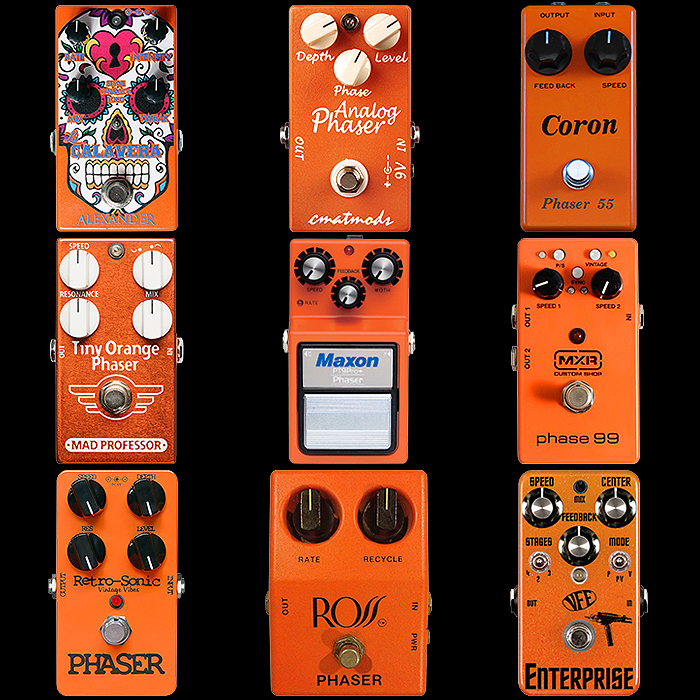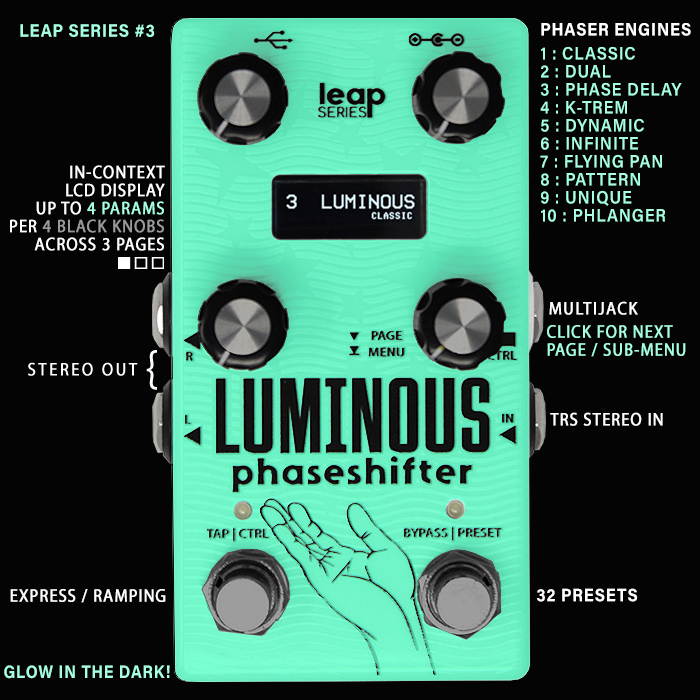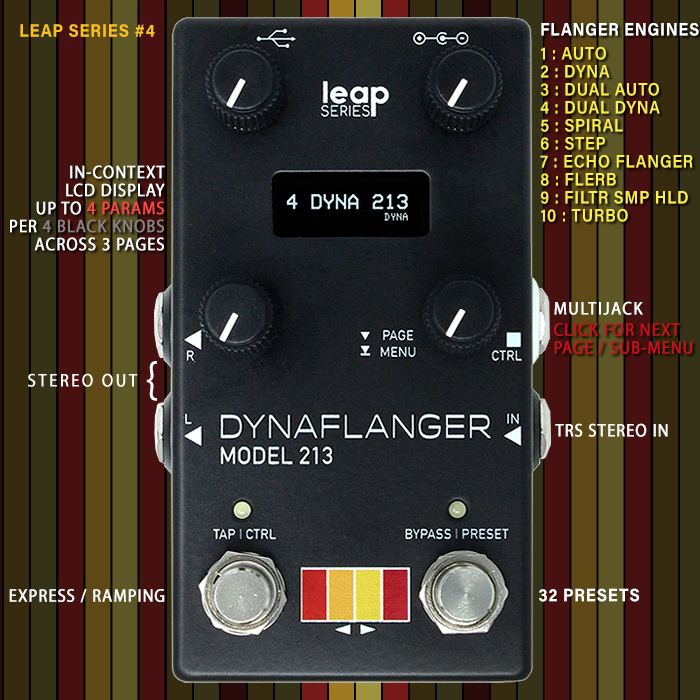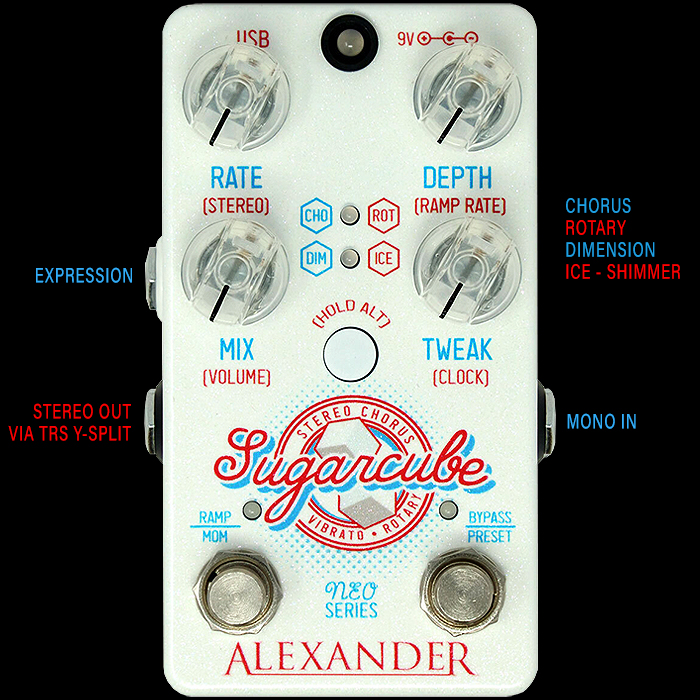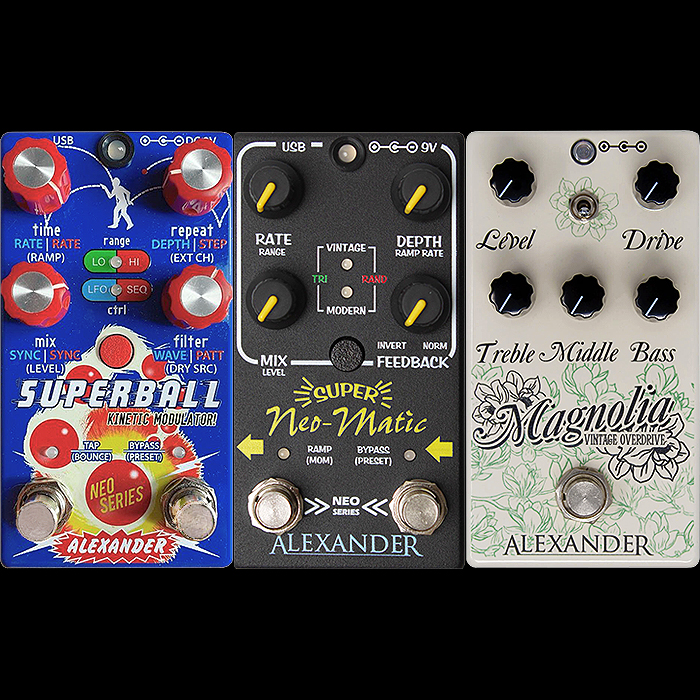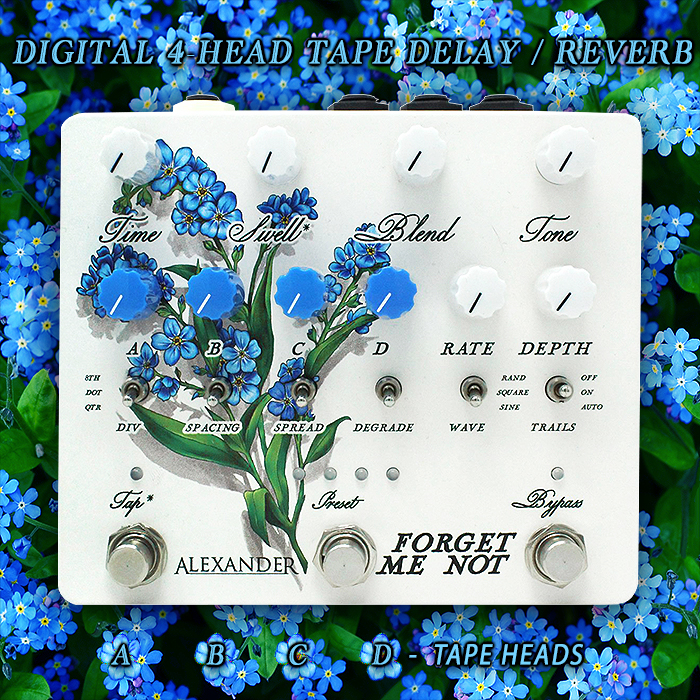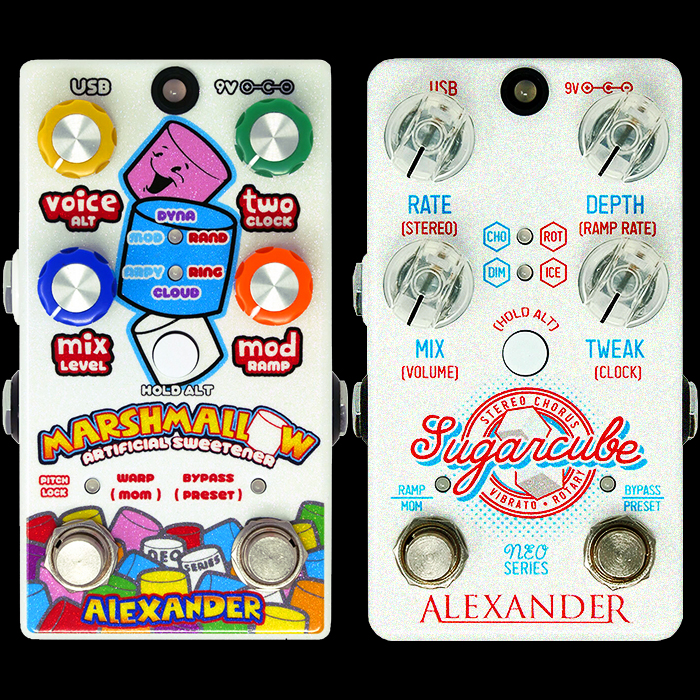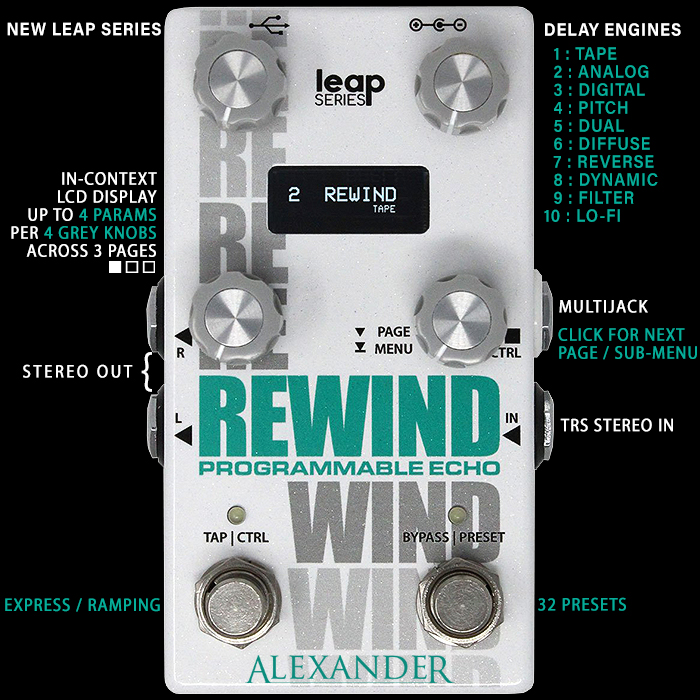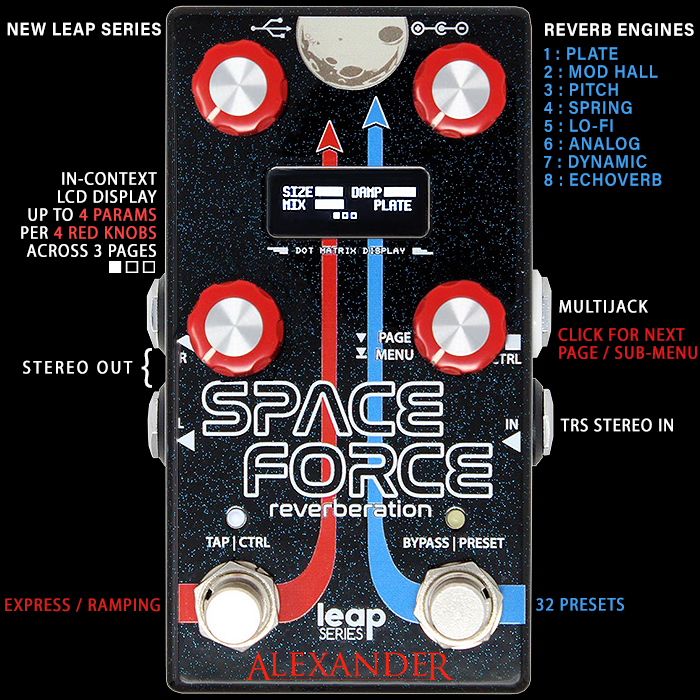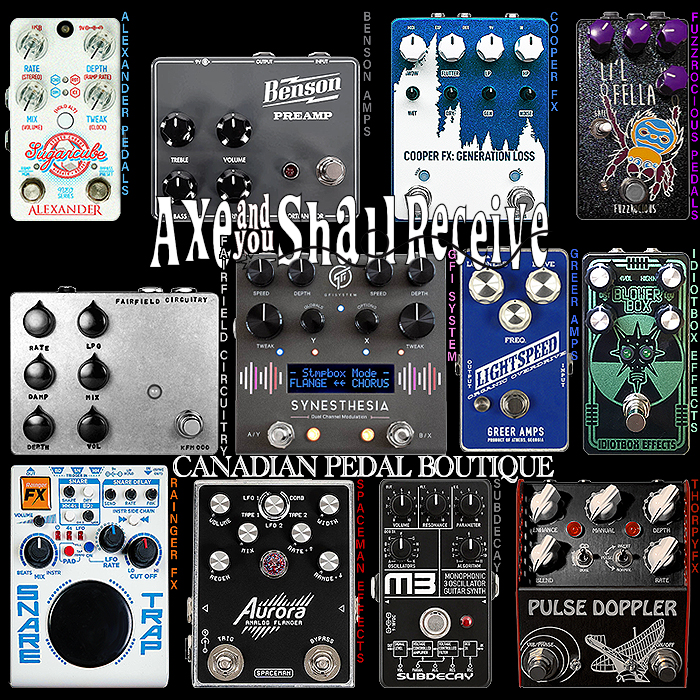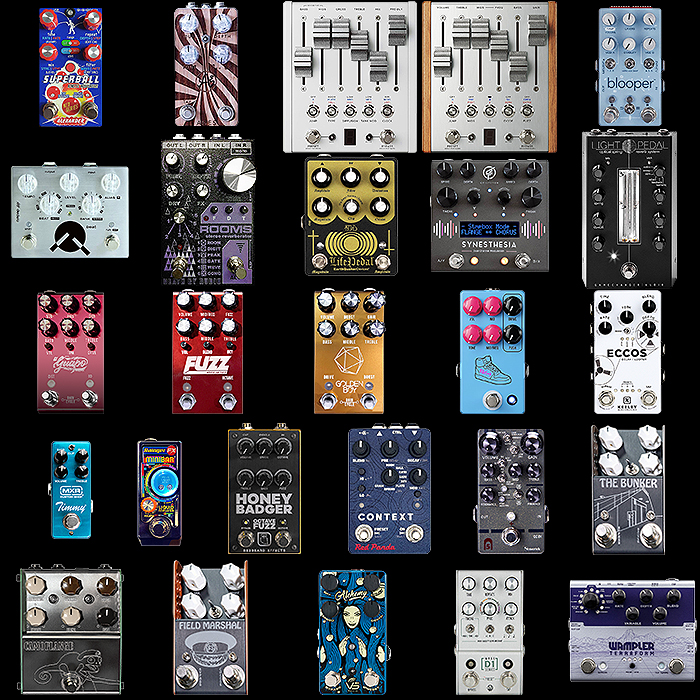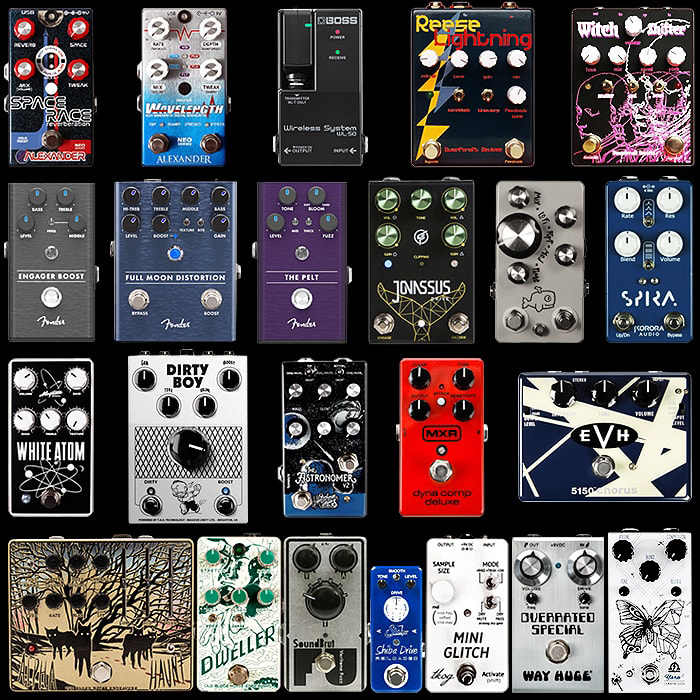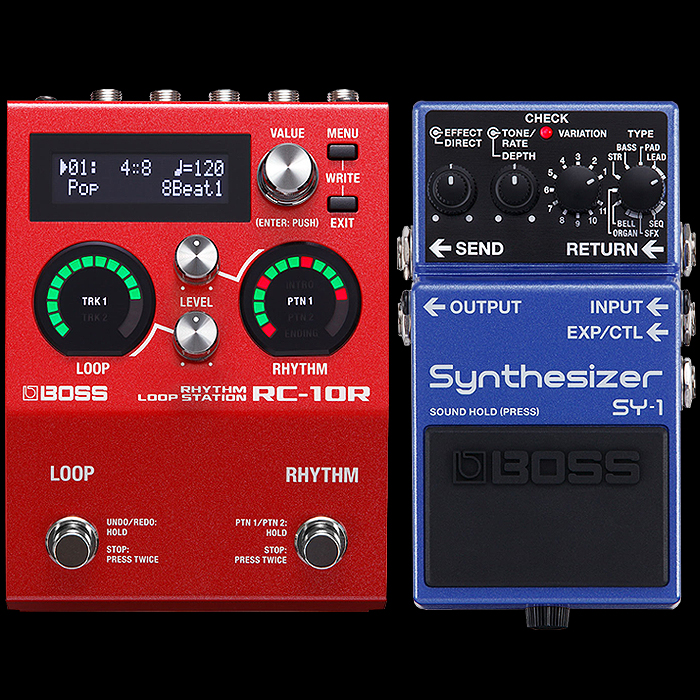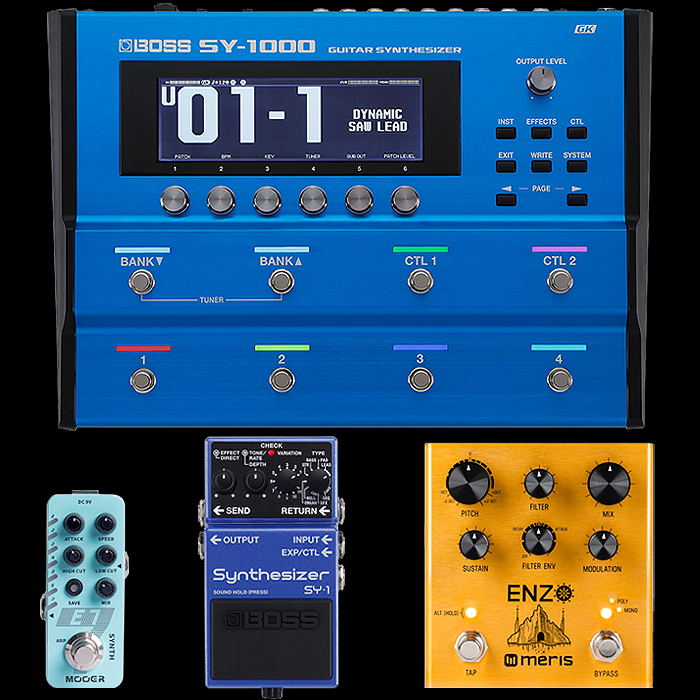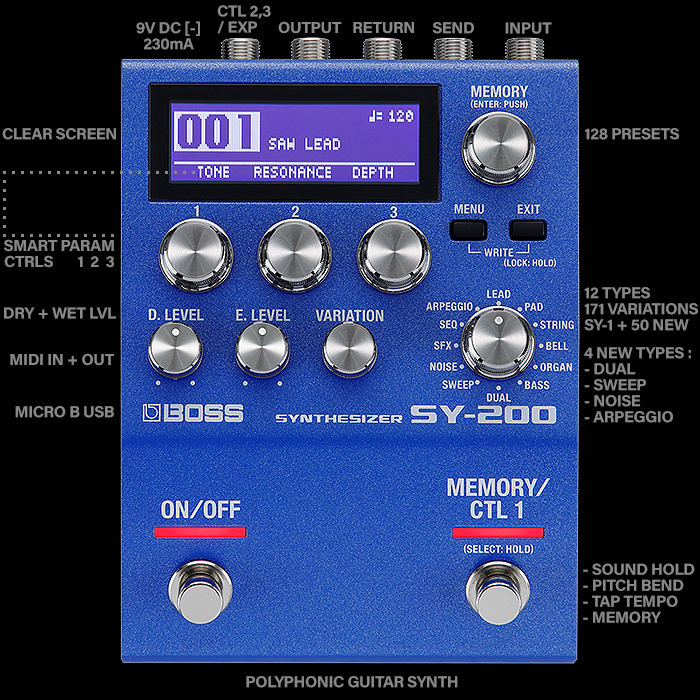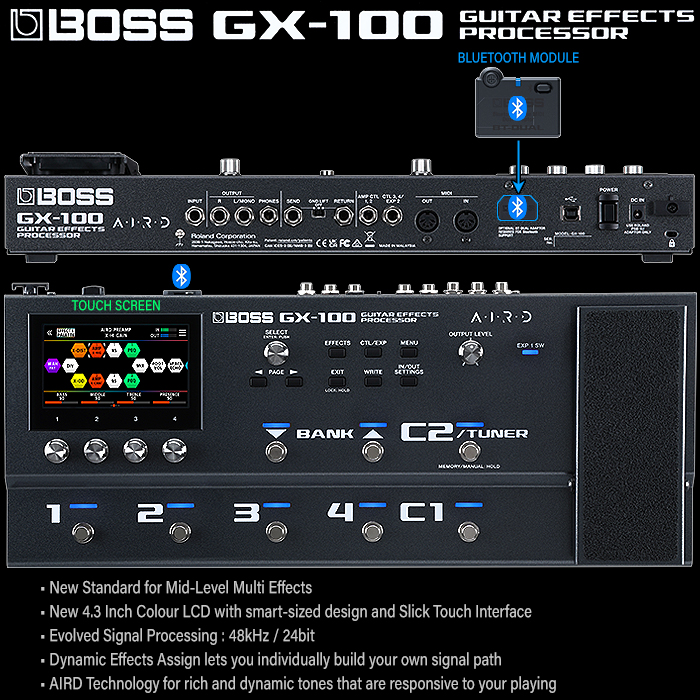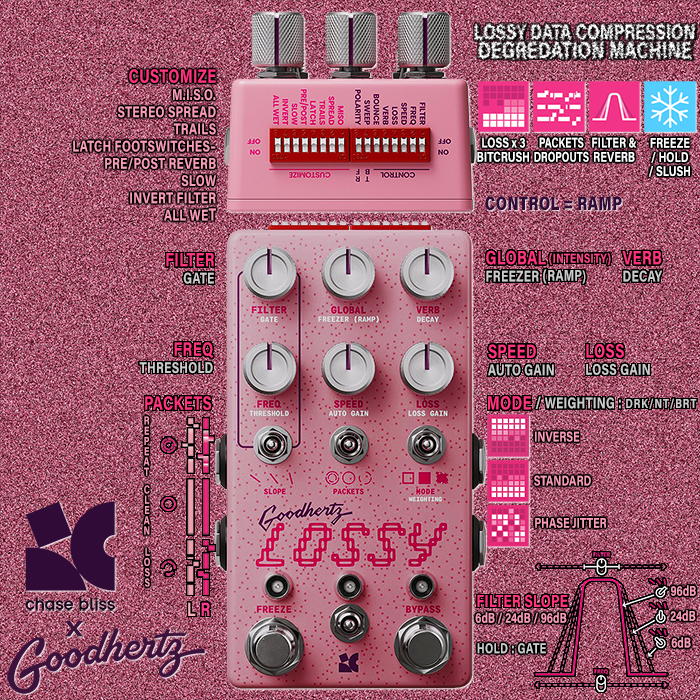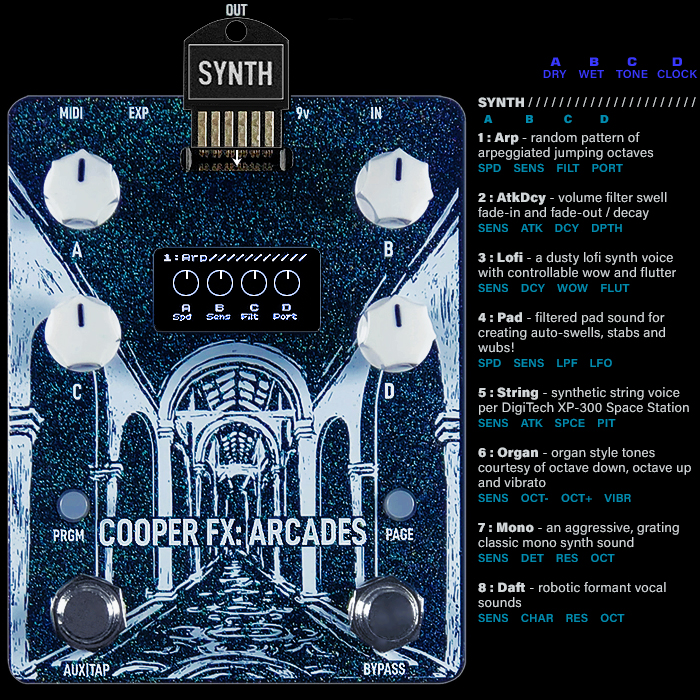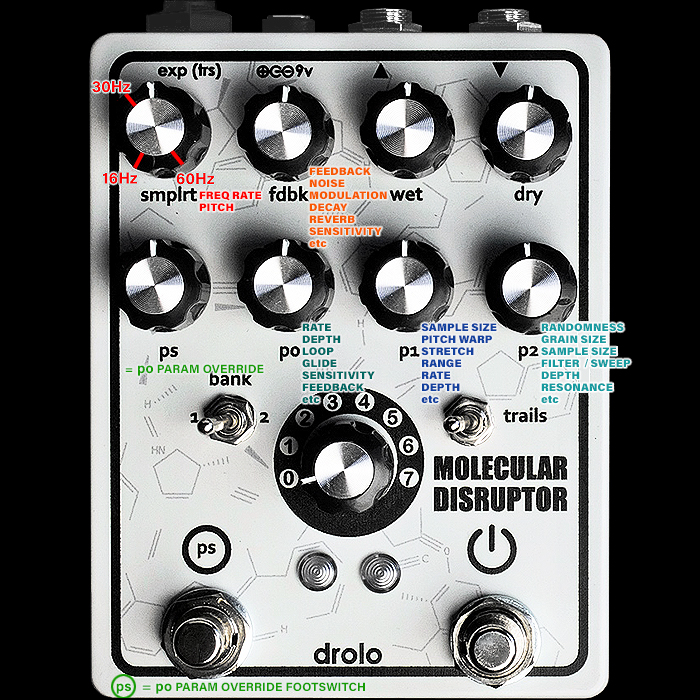Alexander Pedals Super-Sizes its Arcade / Chip-Tune Inspired Syntax Error Audio Computer System
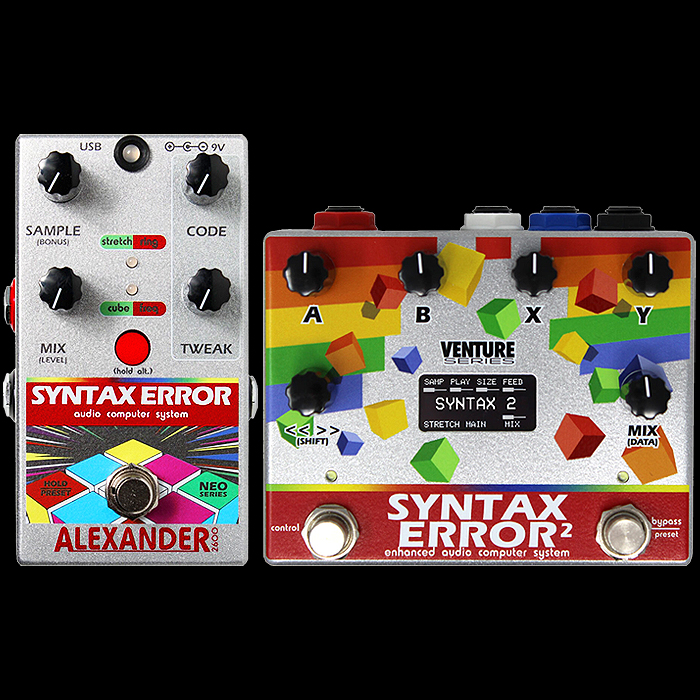
I’ve yet to snap up the original compact edition - which has been on my list for a while alongside its obvious Colour Theory companion. And now we have an even more enticing extended and enhanced variety to tempt us all - with a really cool intuitive screen which takes a lot of lessons from the Cooper FX Arcades.
You use the Shift knob/button to step through three key Menu screens - Main, Alt and Seq. Each screen has the 4 main A|B|X|Y parameter values clearly visually indicated at the top via a number of proportional bars. Also on the same screen you see Preset Number and Name, Expression and Mix values, Sound Mode selected and which Screen/Page you’re on.
The Syntax Error 2 is a considerable upgrade from the original compact - now with 6 Sound Modes - adding Air and Wave Modes to the original’s 4 - Stretch, Ring, Cube, and Freq. Also with 4-Step Mini Sequencer now.
Each of the 6 Sound Modes has different parameters - clearly indicated at the top of the screen on the Main and Alt pages in sets of 4 - much in the same way that the Cooper FX Arcades does it! The dimensions here are reasonable as a horizontal BB-size enclosure - while I would have preferred it as a vertical format - with a slightly bigger screen. I’m not sure anything bar the Preset Number and Name is visible from on high - and the A|B|X|Y labels don’t really aid proceedings - I would rather have liked to have seen some of the common variables listed.
This offers quite a bit more than the original - and having the screen (even at its tiny size) is still preferable to not. I’m always a little precious about horizontal real-estate, and feel Tom Majeski did it right with his Arcades device.
Obviously feature and function-wise this has more going for it than the original - but if you’re tight for space (like me1) - then that’s still the better option. I’m not yet sure how I feel overall. Typically my pedal-chain / rig is very congested, and there’s really very little wiggle room. Compact enclosure pedals are therefore just much easier to fit into proceedings.
I’m kind of split in my choices now really as I had always intended to get the compact / original Syntax Error as a pair with the 8-Step Sequencer Colour Theory. I still feel that may be the better way for me to go - to use those two in combination - rather than the 4-Steps of the Syntax Error 2. Obviously the sequencers have slightly different parameters - I just overall feel I would get more out of the compacts and would find it easier to place them - what about you?
The 6 Sound Modes
STRETCH MODE - This mode records the input signal into a sample buffer, and then plays it back in real-time. Great for glitchy delay effects, random reverse, or freaky feedback.
AIR MODE - Grainy, lo-fi reverb effect similar to very early digital and analogue reverberation devices. Early reflections and slow build times make this a unique textural tool.
RING MODE - Balanced “ring” modulation effect, adds extra frequencies to the original tone that are mathematically related but not harmonically related. Wild.
CUBE MODE - Math-based cubic distortion and fuzz effect, with tunable resonant filter.
FREQ MODE - Frequency shift effect, adds or subtracts a set frequency from the input signal. Like pitch shift but all of the intervals are broken. It’s horrible!
WAVE MODE - Time based modulator, used for chorus, vibrato, flanger, and FM effects.
4-Step Mini-Sequencer
RATE - Sets the sequencer step speed, higher numbers are faster.
GLIDE - Sets the smoothness of the sequencer steps. At very low settings the sequencer will glide for a long time and may not reach the final step values.
SPACE - Sets the muting or staccato effect between sequence steps. At low settings the output will be very choppy, at high settings no muting will occur.
TRIG - Sets the sequencer trigger mode for the CONTROL footswitch : STEP / ONE / MOM / TOGG.
SEQ-> - Sets the pedal knob for the sequencer to control. All knobs are available.
PATT - Selects from 8 built-in sequencer patterns, or turn the A B X Y knobs to create your own pattern.
Features & Specifications
- Mini 4-Step Sequencer for Animated Textures
- Six Sound Modes
- Eight presets, expandable to 32 with a MIDI controller
- Intuitive OLED Display shows your current preset, knob values, sequencer status, and more
- Expression Morphing - Seamlessly Morph between 2 different Knob Settings
- MultiJack enables expression pedal, foot switch, or MIDI input
- CTRL Footswitch to Step through or Trigger Sequencer Values
- Multi-Function Twist & Push Mode Knob
- Full Stereo - TRS In, L + R Out
- MIDI Control through Multijack
- USB Micro-B Port for firmware updates and USB MIDI
- Input Impedance : 1M ohms
- Output Impedance : 560 ohms
- Buffered bypass (hybrid analog+digital)
- DC 9V only, 250mA or greater - Requires isolated DC power supply
- Dimensions : 3.7” x 4.7” x 1.6” H x W x D not including knobs
(120 x 94 x 42mm) - RRP : $300
Demos



















